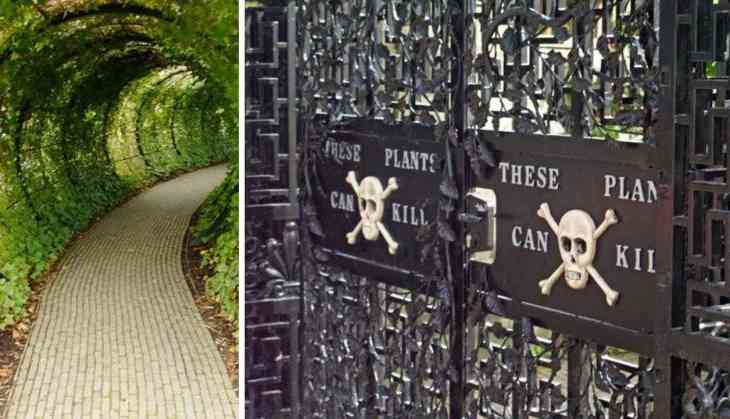Poison Garden: England's Lethal Enigma

Nestled within the expansive beauty of The Alnwick Garden in Northumberland, England, lies a seemingly innocent but perilous realm – The Poison Garden.
Despite being a small section of the overall garden, it is dubbed the 'world's deadliest' due to its collection of plants capable of causing harm, or even death.
Guarded Entry and Grim Warning
As visitors approach, massive iron gates loom, bearing witness to the severity within. A skull and crossbones sign warns, "these plants can kill you." The garden, intoxicating in its danger, demands respect.
Guided Exploration: A Necessary Precaution
Visitors must be accompanied by a guide, emphasising the gravity of the situation. Rules are stringent – no smelling, touching, or tasting of any plant is permitted.
A Lethal Collection of Flora
Within this botanical hazard, over 100 plants thrive, deemed 'toxic, intoxicating, and narcotic.' The monkshood, with its alluring blue flowers, conceals lethal berries, leaves, and stems. Laurel produces cyanide, while giant hogweed, a phototoxic plant, can inflict skin burns lasting up to seven years.
Guardians of the Garden
Maintaining such perilous flora requires protective measures. Garden workers don hazmat suits, a testament to the potential harm these seemingly ordinary plants can inflict.
The unconventional Poison Garden was conceived by the Duchess of Northumberland. Rejecting the conventional herb garden, she opted for a collection of lethal beauty that captivates and educates.

